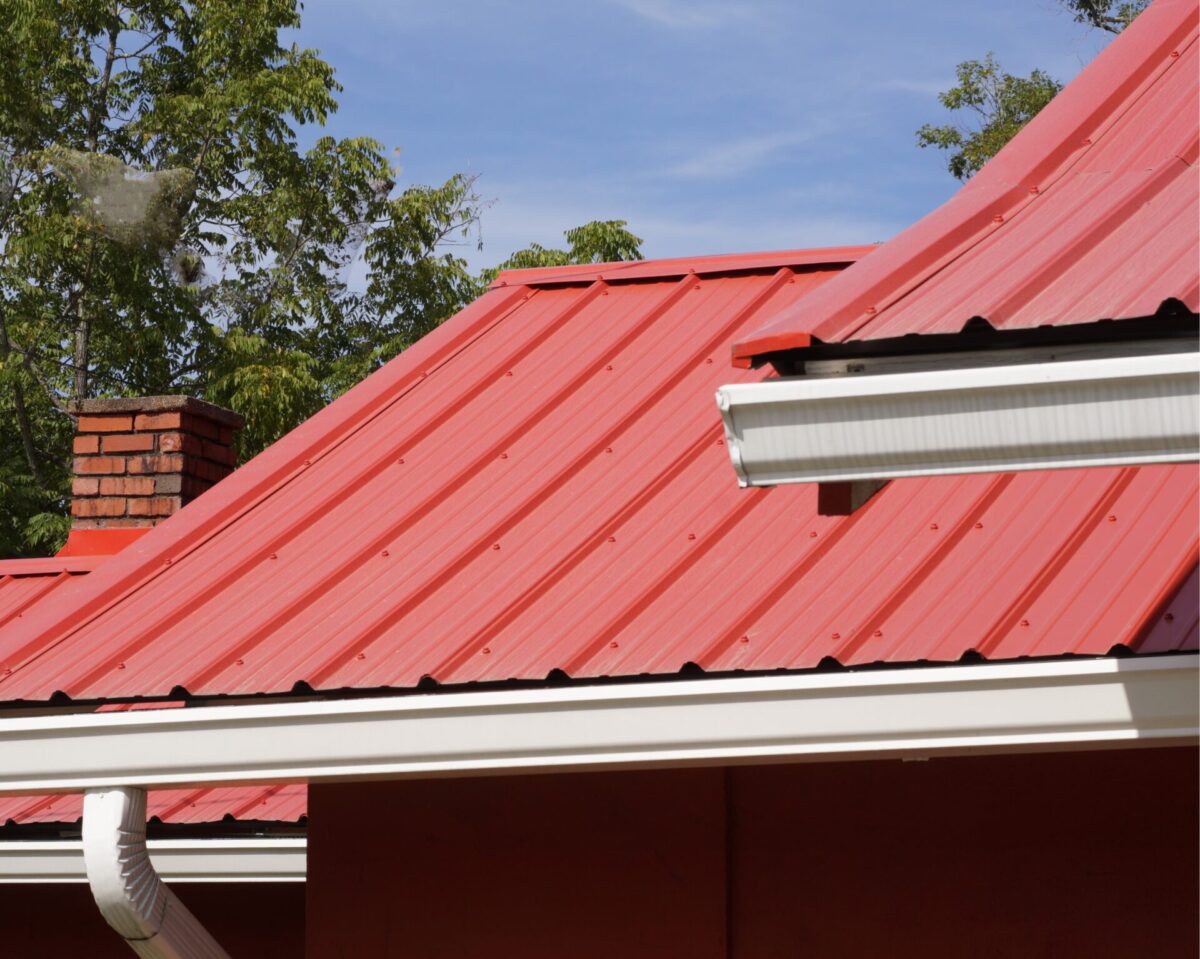A Comprehensive Guide to Metal Roofing Fasteners: Types and Uses

Posted on July 31, 2023 by Phillip Camerer
Metal roofing fasteners are crucial to the stability of a metal roofing installation. These small but mighty components are essential for securing roofing materials, even under harsh weather conditions.
Roofing fasteners encompass a variety of tools, such as roofing screws and rivets, specifically designed to withstand the demands of a roofing installation. These specialized fasteners securely attach a metal roof covering to the underlying structure to prevent any potential damage caused by uplift forces caused by incremental weather patterns or structural movement impacted by other “acts of God,” such as earthquakes.
Choosing the correct type of roofing fastener is vital to the longevity and durability of a roof, such as factors like:
- Material Compatibility
- Climate Considerations
- Load-Bearing Capacity
In today’s blog, we’ll discuss the four major types of roofing fasteners you’ll find on your home’s metal roof:
- Pancake Head Fasteners
- Hex Head Fastener
- Exposed Gasket Head Fasteners
- Pop Rivets
In addition, we’ll touch on the specific areas of use and the benefits of each of these roofing fasteners.
Whether you are a homeowner considering a new metal roof installation or your home already has a metal roof installed, this comprehensive guide will provide invaluable information to help you make informed decisions regarding metal roofing fasteners.
4-Common Types of Metal Roofing Fasteners
When it comes to metal roofs, four common types of metal roofing fasteners play a crucial role in securing various types of roofing materials in place. But understanding the different types of fasteners available and their specific applications is essential for ensuring a durable and reliable roof.
1 – Pancake Head Fasteners
One of the most common metal roofing fasteners is the pancake head fastener. These screws feature a flat, wide head that resembles a pancake, hence the name and are commonly used in roofing installations due to the versatility and ease of fastening a metal roof.
One of the critical advantages of pancake head screws is their ability to provide a secure and tight grip on metal roofing materials. The wide head distributes the load evenly, reducing the risk of damage or distortion to the roof surface.
2 – Hex Head Fastener
Another commonly used type of roofing fastener is the hex head fastener. As the name suggests, these fasteners feature a hexagonal-shaped head that can be easily tightened or loosened with a wrench or socket.
One of the critical benefits of hex head fasteners is their superior grip and resistance to stripping. The hexagonal shape provides more contact points between the fastener and the tool being used, allowing for greater torque and reducing the likelihood of slippage or damage to the fastener head.
3 – Exposed Gasket Head Fasteners
The exposed gasket head fastener is next on the list of metal roofing fasteners. Of all the fasteners we talk about today, this is the most commonly used screw in metal roofing installations for its durability and effectiveness.
The exposed gasket head fastener features a unique design that includes a rubber gasket attached to the head of the screw. That gasket serves as a sealant to protect against water infiltration and leaks.
The most significant benefit of using an exposed gasket head fastener is the ease of installation. Although a drawback to these fasteners is some manufacturers have constructed the screws using recycled tires, which contain steel components. That combination of steel and other materials can create a galvanic reaction that may harm metal roofing panels and cause them to deteriorate earlier than expected.
4 – Pop Rivets
Finally are, the pop rivets, also known as blind rivets, essential components in many industries due to their reliability and versatility. These fasteners are vital in creating secure connections that withstand various environmental forces and ensure structural integrity.
Unlike the screw-type fasteners discussed above, pop rivets typically involve drilling a hole first and then using a rivet gun to expand and secure the rivet in place. These rivets often secure flashing to the Z-closure in various installations, such as rake and ridge flashing.
Talk With A Professional Roofing Contractor Before a DIY Metal Roofing Installation
In summary, if you’re looking for a reliable and efficient solution for securing a new metal roof for your home, consider talking with a professional roofing pro first. By consulting with an experienced and knowledgeable roofing pro, you’ll gain valuable insights and advice tailored to your needs.
The experts at Phillip Camerer can assess your home’s unique requirements and recommend the most suitable metal roof solution. They can guide you through various options, including different metal roofing materials, styles, colors, and finishes.
In addition, they will provide you with an accurate cost estimate based on factors like the size of your roof, the labor involved, and any additional services required. As well as provide you with invaluable feedback about employing proper installation techniques.
Furthermore, consulting with a professional lets you benefit from their experience with local building codes and regulations. They can ensure that your new metal roof meets all required standards for safety and compliance in your area.
To set up an in-home consult with a roofing pro from Phillip Camerer Roofing, call (417) 451-5479 today!
